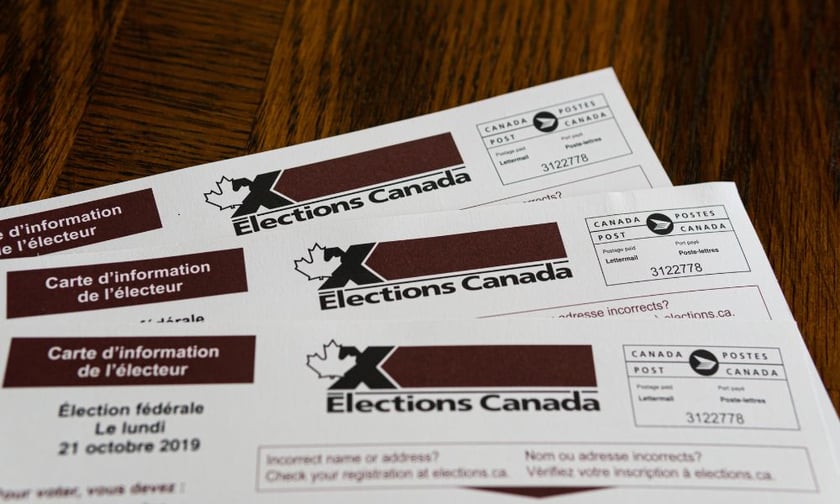

Rising home and auto insurance premiums are prompting concerns among Canadians who say the cost of coverage is becoming unaffordable and that the government has yet to respond in a meaningful way, CTV News reported.
The increase in rates is tied, in part, to a growing number of severe weather events, including wildfires and hailstorms. Insurers are responding by either scaling back coverage in high-risk areas or increasing premiums to levels that some customers can no longer manage.
Craig Stewart, vice-president of climate change and federal issues at the Insurance Bureau of Canada, said natural disasters have caused over $30 billion in direct losses in the past decade, affecting more than one million homeowners.
“This should be an election issue,” Stewart said. “It’s not just tariffs; it’s also what Mother Nature is throwing at us.”
Stewart also said insurers are reassessing their exposure in markets like Calgary, where hail damage has become increasingly common. As a result, he says, access to coverage is becoming more limited and costly.
Calgary resident Azadbir Hayer experienced the effects firsthand. After his vehicle was damaged in a recent hailstorm, he says RBC Insurance offered a payout that didn’t cover the cost of a replacement. When he tried to renew bundled home and auto insurance, he was told his postal code was no longer eligible for coverage.
“My house does not have any hailstorm damage … but we fall under those area codes that have been suspended,” Hayer said. “Others were quoting me up to $1,700 more for car and $600 more for home.”
He believes all levels of government need to take action. “Home insurance is a necessity; having a car is a necessity,” he said.
Saymah Chaudhry, another Calgary homeowner, has filed four hail-related claims across three properties. She said both insurers and governments need to reconsider how risk is managed.
“If insurance companies are going to be turning us away because they’re not making a profit, maybe we need to look at that model again,” she said.
Stewart argued that a coordinated federal approach is needed, including a national disaster recovery strategy and investments in climate resilience.
“We need federal leadership,” he said. “We need to get our act together and start retrofitting homes in high-risk areas.”
